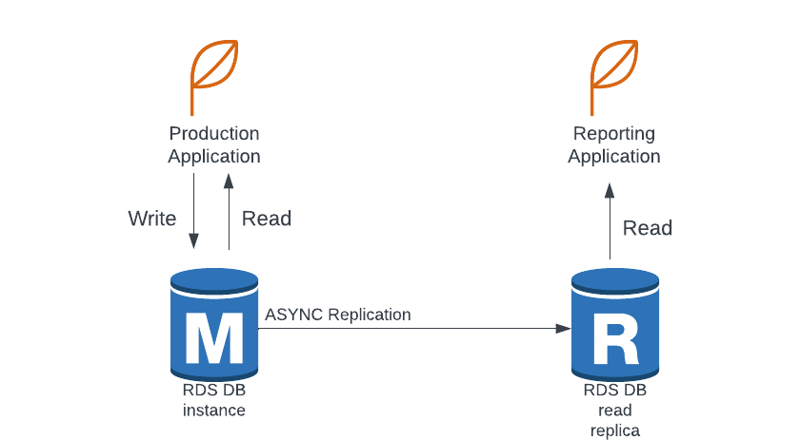Exploring AWS !!
Day 38:
Amazon RDS:
Check out Day 37 for Overview and advantages of RDS over deploying database on EC2.
https://dev.to/rksalo88/learning-aws-day-by-day-day-37-amazon-rds-redshift-and-aurora-overview-3g0d
RDS Backups:
Backups are automatically enabled.
Automated backups
Daily full backup of database (during maintenance windows)
Transaction logs are backed up by RDS every 5 minutes
ability to restore at any point in time (from oldest to 5 mins ago)
7 days retention (increased to 35 days)
Database snapshots:
Manually triggered by user
Retention of backup for as long as you want.
RDS — Storage Autoscaling:
Helps increase storage on RDS database instance dynamically
When RDS detects you are running out of free database storage, it scales automatically.
Avoid manually scaling database storage
You have to set the maximum storage threshold (max limit for database storage)
Automatically modify storage if:
Free storage is less than 10% of allocated storage
Low storage lasts at least 5 mins
6 hours have been passed since last modification
Useful for apps with unpredictable workloads
Supports all RDS database engines (MariaDB, MySQL, PostgreSQL, SQL server, Oracle)
RDS Read Replicas for read scalability:
can create upto 5 replicas
within Az, cross Az or cross region
Replication is Asynchronous, so reads are eventually consistent
replication can be promoted to own database
Application must update connection string to leverage read replicas.
Use Cases:
You have a production application that is taking on normal load.
You want to run a reporting application for running some analytics.
So, you create a read replica to run new workload there.
The production application is unaffected.
Read replicas are used for SELECT (=read) only kinds of statements (not INSERT, UPDATE or DELETE)
RDS Read Replicas — Network Cost:
There’s some network cost when data goes from one Az to another Az.
For RDS Read Replicas within same region, you don’t pay fees.
RDS Multi-AZ (Disaster Recovery):
SYNC Replication
One DNS name — automatic app failover to standby
Increase availability
Failover in case of loss of AZ, loss of network, instance or storage failure
No manual intervention in applications
Not used for scaling
Note: Read replicas can be setup as Multi-AZ for Disaster Recovery(DR).
RDS from Single AZ to Multi-AZ:
Zero downtime operation (no need to stop database)
Just click “modify” for database
Following happens internally:
A snapshot is taken
A new database is restored from snapshot in a new AZ
Synchronization is established between 2 databases





